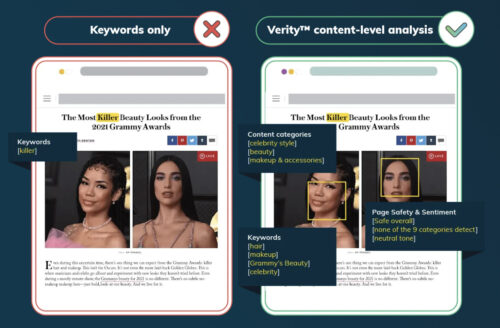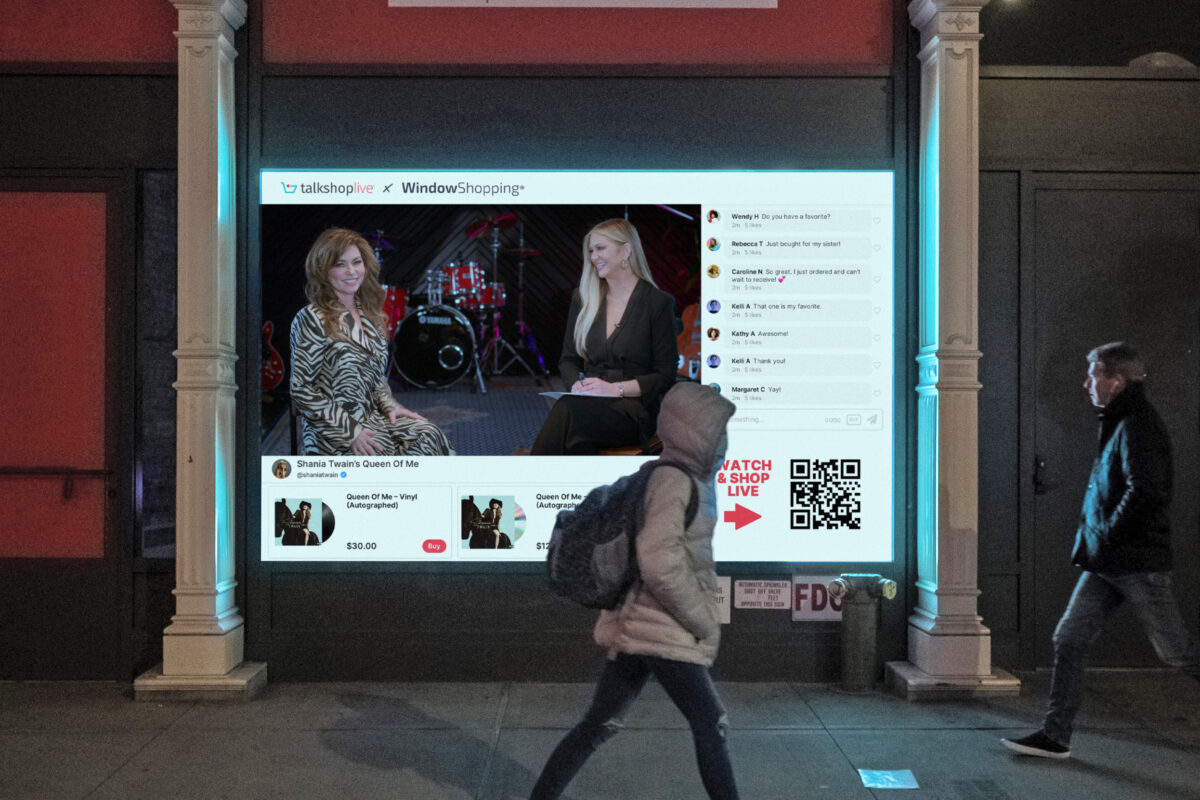How online advertising reaches engaged people who are genuinely interested
Interview: Julia Pott (exclusively for EuroShop.mag)
Placing an advertising banner on websites or a bit of search engine advertising is something many businesses do. But how do I achieve more success with it? And what happens to the targeting of my ads when the third-party cookies are stopped?
GumGum is a company that has been involved in online advertising since its inception in 2008. GumGum’s answer to the above questions is: contextual advertising. We asked Jörg Schneider, Head of Strategy for EMEA, what this entails and how it affects the online advertising market.

Jörg Schneider // © GumGum
Jörg, at GumGum, what problems do you see with the way online advertising has played out so far?
Jörg Schneider: Let’s say you’re a medium-sized company and you manufacture screws. When you want to advertise your offer, you look for sites where you suspect people are buying screws for their company. If you advertise in the online screw magazine, you have a very low reach and possibly high competition among suppliers.
If you go broad and advertise on sites with related topics like technology and engineering, it’s hard to target the people you’re looking for who are actually interested in what you have to offer. With the amount of advertising we encounter every day, you can be the best bolt manufacturer in the world and run excellent ads everywhere. But if no one wants to see it at that moment, it’s wasted money.
Until now, a lot of attention has been paid to buyer personas or consumer profiles.
True, but demographic targeting reaches its limits: What is the exact profile of the person who buys screws? Male, 40 to 50 years old, and likes to play tennis? Who knows?
Or another example: You want to sell cosmetic products. Your target group is women between 35 and 45 who are interested in cosmetics. You’ll quickly realize that there are quite a few of them.
Third-party cookies also only help to a limited extent here and are also gradually discontinued.
That is indeed difficult. And you have a solution for that?
The idea of advertising where related content, where similar content is published, is the right one. But I have to find this content everywhere, not just where advertisers expect to find it at first glance: Adidas, Nike and Puma will advertise in World Soccer Magazine or other sports magazines, but not the screw manufacturer. Yet there is definitely content there that deals with engineering, for example, when it comes to installing a new roof for the stadium.
With our engine, we can find precisely this content and then play out the advertising there; and we find this content, regardless of whether it’s in World Soccer Magazine, Vogue or Time Magazine.
How do you do it?
We look at the structure of websites and read the entire content. Other contextual targeting providers do this too, but we have developed an artificial intelligence that has been “fed” by humans over the years and thus has a human-like understanding of websites. We analyze exactly what the content is about. To do this, we look at photos pixel by pixel and videos frame by frame, and we also evaluate audio content.
In addition, the so-called “sentiment analysis” is crucial: What is the mood of the content? Negative, positive or neutral?
Can you give an example for this “sentiment analysis”? What role does the sentiment of the content play?

© GumGum
There are many negative examples that illustrate the role of sentiment: A classic example is car brands that advertise on a page that is currently reporting on traffic jams or pile-ups. This is about cars, but in a very negative context.
To illustrate the principle positively with an extreme example: Let’s say you want to advertise your cosmetics. Most contextual providers would not place you on a page where the word “killer” appears. But it actually says, “The Kardashians’ new killer outfit.” There’s no better moment to reach users who are receptive to beauty products. This is exactly the content where the beauty brand wants to be present, this is where it meets the mindset of the consumer, where the best possible attention is generated for the advertising medium.
Our goal is to play out the right advertising to the right users at the right time. To achieve this, analyzing the sentiment of content is extremely important. Our Media Rating Council accreditation says: We can also keep this promise – and not only for the evaluation of contextual information such as text, images, audio and video, but since a few weeks also in the area of CTV (Connected TV or Smart TV).
What experiences do your clients have with contextual advertising?
There is an absolute advertising overload on the Internet. But if you use the right technology, you’re the only advertiser who’s relevant on this page with this content. And we can observe and measure this increased relevance. There are independent studies that have used our technology and found: Brand recall can be up to 70 percent stronger if the ad was played in the right context.
We have also found that “attention time” – the amount of time people spend paying attention to advertising – is 7.9 times higher with contextual advertising than on an ad that was not contextually integrated.
Figures from various shopping platforms also show that the shopping carts generated by contextual advertisements are significantly larger than those of users who come from other advertising media.
When you look into the future of digital advertising, what do you see?
For us, the important question is: Where can we use contextual advertising in the future – beyond desktop and mobile? We are looking in particular at the CTV sector. But gaming is also becoming increasingly relevant.
To give another example: Imagine you’re sitting on your exercise bike and after your workout to the message “Congratulations, you did it!” you’re then shown the Gatorade ad. That’s optimal.
And it needs to be: if advertising is really going to be everywhere – and in principle it already is, but it’s going to increase even more – then it needs to get better. Contextual advertising can help make advertising more relevant to users again.




















